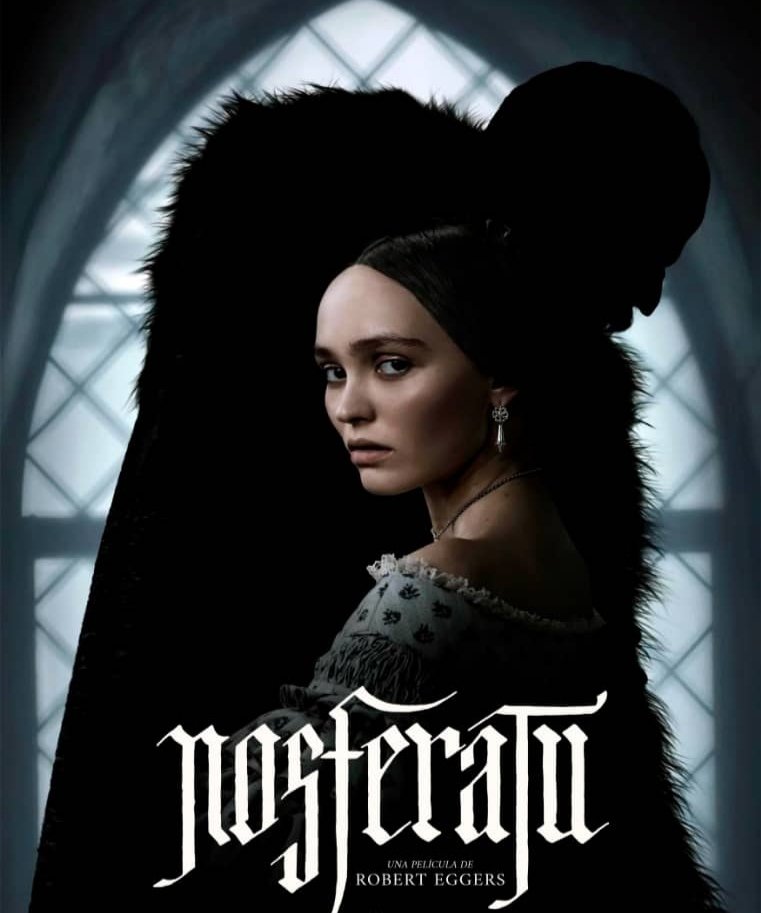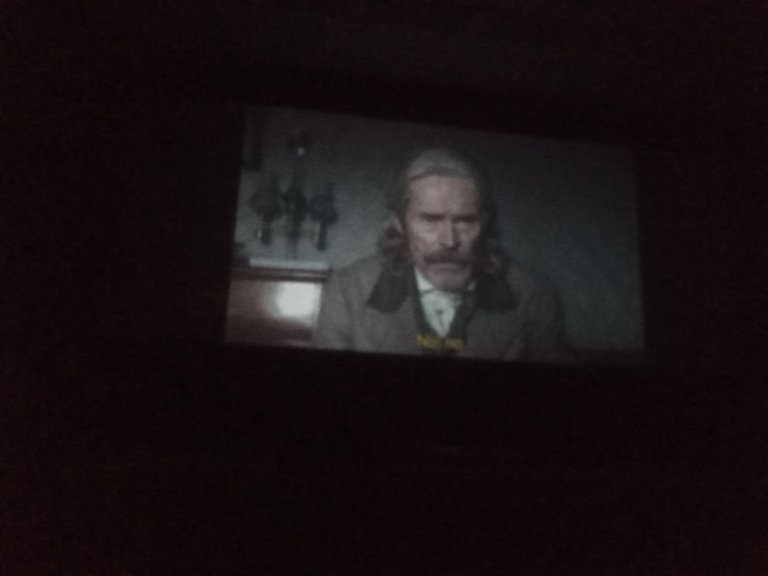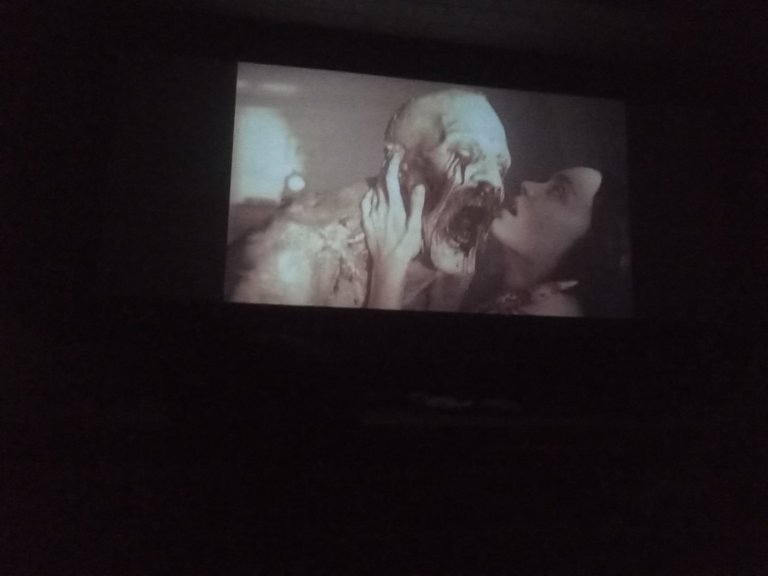Nosferatun Review (En-Es)

An Expressionist nightmare, that's how they described this film, which didn't speak to me much; I really didn't know what to expect. And what I discovered definitely impressed me.

As they say, a remake is the art of taking an old film and reworking it many years later with the intention of modernizing it, showing it to new audiences, or always making more money from the same property (let's not kid ourselves), something that has repeatedly gone terribly wrong and only occasionally works.

If we could give a more familiar adjective to the way Expressionism plays out in this film, we could summarize it as poetic, not just visually, but in all its dimensions. The photography, of course, stands out and is the element everyone talks about in this work: its visual beauty, impressive shots, and grand locations transport you to early 20th-century Europe.

All the characters are endowed with an extrinsic quality that makes them hypnotic, without falling into caricature, but with very distinct roles and internal universes that echo their way of acting and interacting with the other characters in a very vivid way. While we could identify the archetypal characters—the hero, the monster, the mentor, the damsel in distress—in this story they are disrupted and expanded, bringing us what we could identify as the seeds of what would later become known worldwide as Dark Romance.

While I've seen and read other reviews that compare this film to the director's other films, sometimes belittling it, I prefer to value it for what it is and compare it to the "vampire" films that had been produced to date at the beginning of this century. Nosferatu wins by a mile. A slow film, yes, but one that gradually builds the scenes alongside this nightmare that viewers can embrace as their own, and which, combined with the story's resolution, becomes an unforgettable experience.
Version en Español :
Una pesadilla expressionista, así describían a esta película, cosa que a mi no me decía mucho, realmente no sabía que esperar. Y lo que descubrí sin dudas me impreciono.
Como dicen por ahí, el remake es el arte de agarrar un película antigua y reversionarla muchos años después con la intención de modernizarla, mostrársela a nuevos públicos o siempre sacar más dinero de la misma propiedad (para que engañarnos) cosa que en repetidas ocasiones ha salido terriblemente mal y que solo en algunas ocasiones funciona.
Si podríamos dar un calificativo más dado al lenguaje corriente sobre la manera en la que el Expresionismo esta dentro de este filme podríamos resumirlo en que es poético, pero no solo en lo visual, sino en todas sus dimensiones. La fotografía por supuesto destaca y es el elemento del que todo el mundo habla en esta obra, su belleza visual, planos imponentes y grandes locaciones que te trasportan a la Europa se principios del siglo XX.
Todos los personajes están dotados de un extrionismo que los hace hypnoticos claro sin caer en la caricatura, pero con roles y universos internos muy marcados que hacen de eco en su forma de actuar e interactuar con los otros personajes de manera muy vivida. Si bien pudiéramos identificar los personajes arquetipicos, el héroe, el moustro, el mentor, la doncella en apuros, en esta historia se trastocan y van a más, trayendonos a los que pudiéramos identificar como las semillas de lo que luego mundialmente se conocería como el Dark Romance.
Si bien he visto y leído otras reseñas qué comparan esta película con otras películas del director haciéndola menos en algunas ocasiones, yo prefiero valorarla por lo que es y haciendo la comparación con el cine de "vampiros" que se venía roduccioendo hasta la fecha en este inicio de siglo Nosferatun sale ganando y por mucho. Una película lenta si, pero que va construyendo de a poco los escenarios junto a esta pesadilla que los espectadores pueden asumir como propia y que combinada con la resolución de la historia se vuelve una experiencia inolvidable.